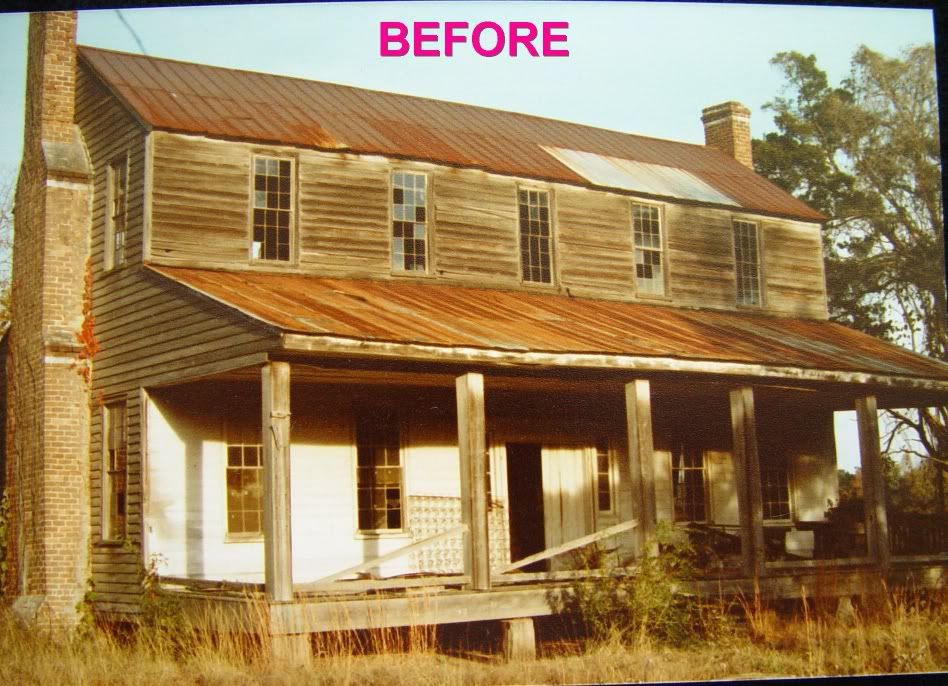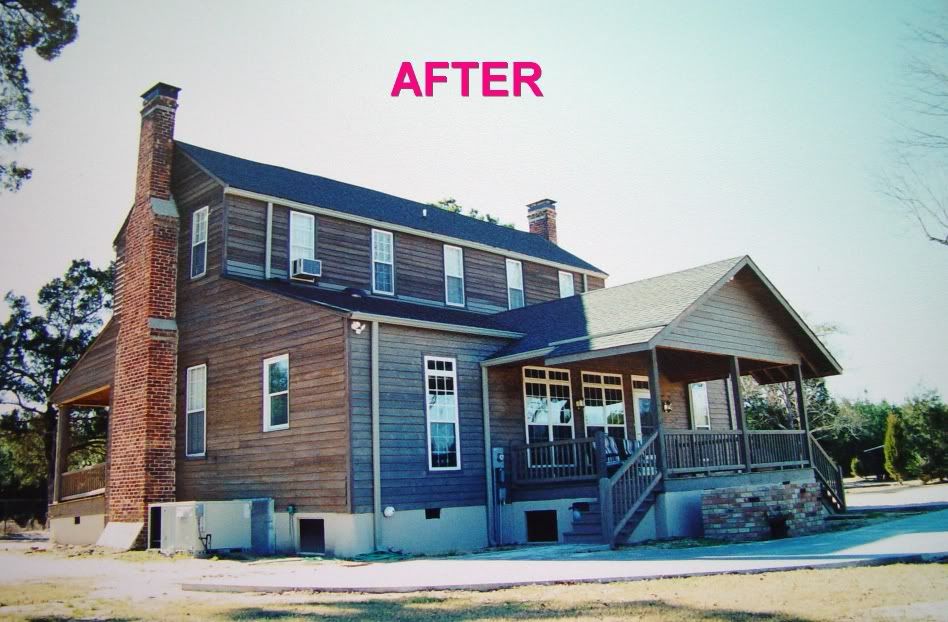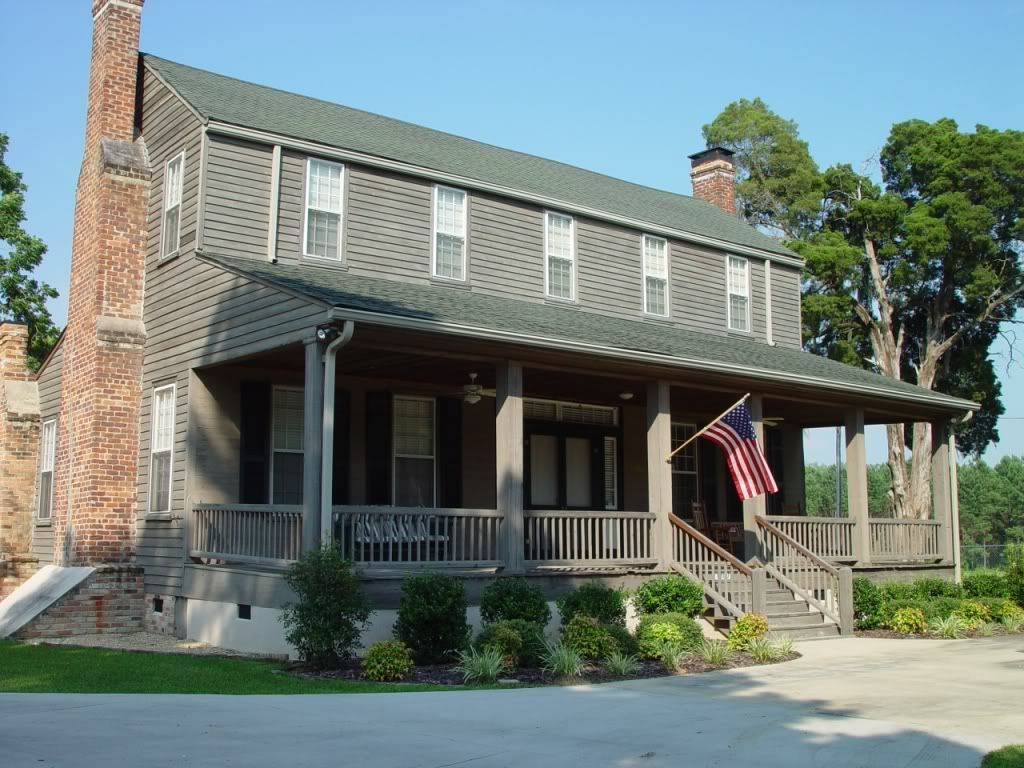The blog has been quiet lately, but don't think for a second that I'm lagging. I'm working on several posts that are taking some time to gather and get just right. Meeting my own standard for assuring that every word I write is as dead correct as possible does tend to slow me down sometimes! I have no plans for lowering that standard, but I do find myself feeling the need to interject phrases such as "according to so-and-so," or words like "purported" or “supposed” more and more often.
This brings me to a topic that has been on my mind a lot lately:
Sources versus Verifications. Surely there are tons of articles out there on the subject, but I want to share with you what I’ve been pondering. If you read this blog, it’s important to me that you know how I think about such things.
Sources – To me, the word “source” is a widely collective term simply for where you got a piece of information. We like to show sources for our info, because we don’t want folks to think we just made it up! Sources include everything from actual verifications (see below) to published trees to newspaper articles and obits, to what your grandmother told you on the back porch one afternoon in 1978 … to name just a few. Some sources you can take to the bank, some need to be listed as “unverified,” and some you know have errors when you see them.
Verifications – For my purposes, verifications are primary sources that prove (or come as close as possible to proving) a name, date, place, or event, etc. Verifications include, but are not limited to, certificates of birth, marriage, death, census images (or transcriptions if images unavailable).
While these sorts of documents are very good verifications, even they are not always 100% correct. The only such documents I can claim are ab-so-lute-ly, po-si-tive-ly (read that syllable by syllable with the best Southern drawl you can muster) 100% correct are my two sons’ birth certificates. I was there! I filled out the form with the info, and I verified it before they took it to file (removed the “p” they wanted to insert in my last name – both times). But even so, you have to take my word for it. With such documents, we have to take the word of the person responsible for the information thereon. Sometimes I know what I see on some of these is incorrect (such as my great-grandmother’s death certificate where my great-uncle didn’t get her father’s name correct).
Do we ignore the sources we see that have errors? No, I don’t think so. I feel a responsibility to acknowledge a faulty source and point out what I see there – the accurate along with the inaccurate – as politely as I possibly can. (Always, always politely. Who knows, this person just might have that one piece of the puzzle you need to firm up your great-grandmother’s parentage!) Of course, I need to back up my interpretations with some pretty darn good verification, or it becomes simply my opinion. If my opinion is all that I have, then I am compelled say so.
Consider the Manning Files – volumes and volumes and volumes of data with very little sourcing. They accepted reams of information from many people and simply published it. It was a gigantic task to do no more than that. There’s absolutely no way they could have verified every name, event, date, and place. But they make sure to tell you just that.
Publications such as this, along with sources such as published or online trees, become a “Jumping Off Point” for verifying information. Do I quote them? Maybe – but always simply as a source, not necessarily a verification. I use such information as a guide for where to start seeking actual verification.
Recently I was reading about a distant, long ago cousin (let’s call her Clara) in a tome compiled by someone whose data I hold in high esteem. I noticed that he had listed a death date for Clara as four years before the date he listed for her marriage to a particular man (let’s call him Jack J.). This set off a few hours of looking around (I love this sort of stuff!). First thing I found was Jack on the 1900 and 1910 censuses with Clara and the children that were listed in the book. The 1910 census showed them married precisely the number of years that verified the marriage date in the book. Then I found Jack’s death certificate that showed him as widower of “late Clara J.” Seeking further confirmation, I found an obituary on GenealogyBank.com for Clara that named Jack and all four children that had been listed in the book. Bingo! She was buried in the same cemetery as her husband. I ended up with her life verifiable by four censuses and one obituary. Good enough for me!
Am I going to tell you who these people really were? Not here. Am I going to tell the writer of the book what I found? Absolutely – but as graciously as I possibly can! The Golden Rule applies here in a big way. I would certainly want someone to point out my glitches to me privately, giving me the opportunity to amend and acknowledge my own mistakes.
Oftentimes I list conflicting information as “alternate” information, providing sources, of course. Case in point is the birthdate of James Henry Reed, my 2gGF. His tombstone has his birthdate as 18 Feb 1825. The family Bible of his uncle Benjamin Odom, Jr., has his birthdate as 17 Feb 1826. I list both dates and their sources on my tree.
So then, at some point, with some things, we have to simply choose what we’re going to believe. Once we’ve gathered all the data we can find and it doesn’t all necessarily agree, we have to decide what we’re going to go with. For example, after considering all the information I've been able to find regarding Hugh Reed, I chose to go with Hugh’s tombstone for his birth and death dates and the 1850 census along with his wife Jane’s tombstone for his birthplace. This decision has several implications, not the least of which is the fact that Samuel Reed could not have served in the Revolutionary War if his first son was born in Ireland in 1783. (I realize this disappoints quite a few dear DAR ladies, but that’s a story for a different post – one of the ones I’ve been working on.)
Bottom line: I will verify as much as I can with the most impeccable sources I can find. If I cannot, I will state plainly the source, acknowledging it as simply a source, not necessarily a verification.
I am not perfect; no one is. If you see a mistake I have made or if you disagree with any of my conclusions, please (gently) let me know.
Another thing I want you to know is that when I publish articles such as the ones from Henry Singer, Byron Reed, and Will Miller, a great deal of back and forth e-mailing goes on before you ever see the article. It’s very important to me that I not misquote these wonderful contributors to our story, that I put it out there precisely as they intended.
I would love to know what you think about these musings. How do you handle it when you find that a piece of information doesn’t ring true? Are there times that you have had to make a decision as to what to believe?



































